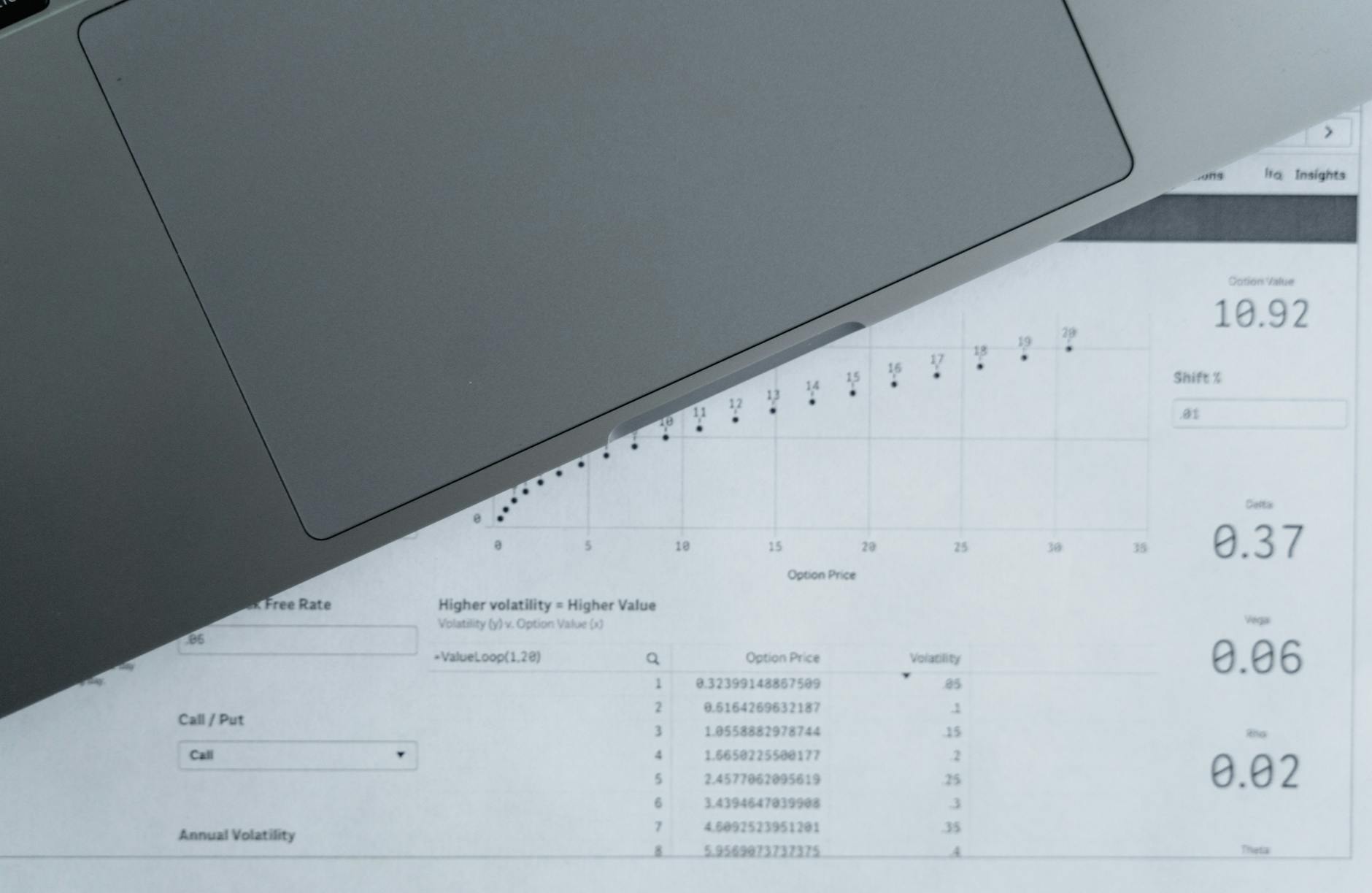Key Trends in Data Analytics and Financial Reporting for Business Intelligence
Key trends in data analytics and financial reporting for business intelligence are reshaping how companies make informed decisions and drive growth. As businesses face an ever-increasing amount of data, the ability to analyze this data effectively and report financial results clearly has become crucial. This article explores the latest developments in data analytics and financial reporting that are enhancing business intelligence capabilities. From the integration of advanced AI technologies to the shift toward real-time reporting and predictive analytics, businesses are modernizing their approaches to gain a competitive edge. Understanding these trends is essential for executives, analysts, and decision-makers seeking to leverage data for strategic advantage.
Integration of artificial intelligence and machine learning
One of the most transformative trends in data analytics is the use of artificial intelligence (AI) and machine learning (ML) algorithms. These technologies enable businesses to analyze vast datasets quickly, uncover hidden patterns, and generate predictive insights beyond human capabilities. In financial reporting, AI-powered tools automate routine processes such as data extraction, reconciliation, and anomaly detection, significantly reducing manual errors and enhancing accuracy.
Machine learning models also support scenario analysis, helping organizations forecast financial outcomes under varying conditions. This synergy between AI and financial reporting boosts agility, enabling companies to respond faster to market dynamics.
Real-time data analytics and reporting
The demand for instantaneous insights has driven the adoption of real-time analytics and reporting solutions. Traditional financial reports, often generated monthly or quarterly, can be outdated the moment they are finalized. Modern business intelligence platforms now allow continuous data streaming and live dashboards, offering immediate visibility into financial health and operational performance.
Real-time financial data empowers businesses to spot trends early, manage risks proactively, and make data-driven decisions with confidence. This trend is supported by cloud computing, which enables scalable storage and processing power to handle high-frequency data updates.
Enhanced data visualization and storytelling
Effective communication of analytical findings is essential for maximizing their impact. Advanced data visualization tools have become integral to financial reporting, turning complex data sets into intuitive charts, graphs, and interactive reports.
Beyond static visuals, storytelling techniques combine quantitative data with qualitative context, helping stakeholders understand the implications behind the numbers. This approach fosters alignment across departments, supports strategic planning, and improves overall decision-making effectiveness.
Data governance and compliance in financial reporting
As regulatory scrutiny intensifies and data privacy concerns grow, robust data governance frameworks are critical in financial reporting. Ensuring the accuracy, consistency, and security of financial data is a cornerstone of trustworthy business intelligence.
Companies are investing in data quality management, audit trails, and compliance automation to meet standards such as IFRS, GAAP, and GDPR. Effective governance not only mitigates risks but also builds stakeholder confidence in reported information.
| Trend | Benefit | Key technologies | Impact on business intelligence |
|---|---|---|---|
| AI and machine learning integration | Accelerated insights and automation | Neural networks, natural language processing | Improved prediction accuracy and reduced manual errors |
| Real-time analytics and reporting | Up-to-date decision-making data | Cloud platforms, streaming data pipelines | Enhanced responsiveness and agility |
| Data visualization and storytelling | Clear, actionable insights | Interactive dashboards, BI tools | Better stakeholder engagement and understanding |
| Data governance and compliance | Data integrity and regulatory adherence | Data lineage tools, audit software | Increased trust and risk mitigation |
Conclusion
The evolving landscape of data analytics and financial reporting presents numerous opportunities to enhance business intelligence. The integration of AI and machine learning automates complex tasks and delivers predictive insights, shifting the analytical focus from descriptive to prescriptive. Real-time analytics foster timely, strategic decisions that keep organizations ahead of the competition. Meanwhile, advanced visualization and storytelling transform raw data into compelling narratives that unite stakeholders around common goals. Crucially, rigorous data governance ensures that these advancements are built on a foundation of accuracy and compliance, safeguarding organizational reputation and stakeholder trust. Together, these key trends represent a comprehensive approach that empowers businesses to unlock the full potential of their data, driving long-term value and informed decision-making.
Image by: Tima Miroshnichenko
https://www.pexels.com/@tima-miroshnichenko
editor's pick
latest video
news via inbox
Nulla turp dis cursus. Integer liberos euismod pretium faucibua


